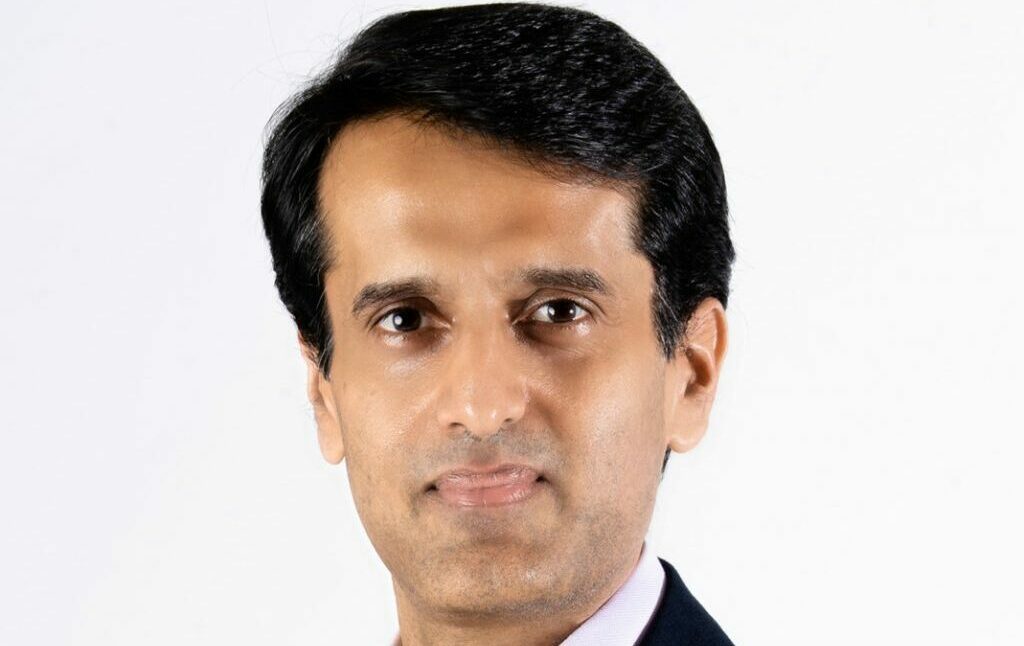The author, Kabir Narang, is a global tech investor and the Founding Partner of two global investment firms.
“Watch your thoughts carefully—we become who we think we are.”
The phrasing may vary, but the principle doesn’t. Mindset compounds into motion. Nowhere is that clearer than in Silicon Valley, where collective belief loops into talent, capital, and the courage to build. That mindset is the Valley’s invisible operating system—less geography than psychology, a compounding loop of belief made real through execution.
I have been coming to the Bay Area for over two decades—first drawn by Vikram Seth’s book in verse The Golden Gate, and then by the unmistakable hum when technology is about to turn a corner. You can read the state of tech by the energy here.
Over the last few weeks, I spent time ‘reading’ Silicon Valley again—meeting founders building robots, enterprise AI teams turning systems of record into systems of outcome, fintech builders re-wiring the bank core, and investors who’ve narrowed aperture while raising the bar on technical depth.
Across conversations, a few patterns stood out. Belief remains the Valley’s ultimate multiplier—it attracts talent, capital, and conviction. AI is redrawing the boundaries of software itself, forcing every builder to move from promise to proof. And speed has become the new strategy—the ability to learn, iterate, and compound faster than others now matters more than size or capital. In the Valley, progress isn’t measured in quarters or releases; it’s measured by how quickly ideas move from concept to conviction to code.
The signal was consistent. In the early phase of applied AI, belief compounds fastest when you are surrounded by others who already believe. Presence isn’t about zip codes—it’s about osmosis. Being in the room with senior talent, early design partners, and fast feedback creates an intensity that remote collaboration rarely matches. Conversations become catalysts.
Ownership fuels belief. The best engineers here are trading cash for conviction, chasing upside and meaning over salary. Founders who can teach equity as a language of participation—who frame ownership as a long-term story not a short-term perk—attract a different calibre of teammate. The alignment of belief, proof, and ownership forms the architecture of companies that compound. In Silicon Valley, belief isn’t culture; it’s infrastructure.
In Silicon Valley, belief isn’t culture; it’s infrastructure.
At Rosewood Sand Hill, a morning americano in hand, I host what I call conversations & compounding over coffee. I host these sessions to meet founders, investors, and operators across the stack—a late-stage VC friend re-benchmarking operating metrics; a Stanford student weighing the leap to drop out; robotics founders sketching torque curves on napkins; AI product leads debating safety rails.
The conversations all orbit the same gravitational field: belief. One founder put it crisply: “You can hire talent anywhere, but belief still clusters here.” The Valley’s energy gives people permission to think bigger and move faster. It’s not arrogance; it’s collective conviction that ambition is normal. That mindset fuels the rhythm of this place—engineers trade cash for upside, investors take long-horizon bets, and peers push one another to sharpen goals that might sound improbable anywhere else.
Yet, belief isn’t confined by geography. What Silicon Valley has perfected is the feedback loop—dense networks, quick validation, and proximity to people who have already done it. A CRO who has scaled revenue to $500 million in ARR, a CFO who has taken a company public, or a senior operator at a global tech firm who could one day be an acquirer—their advice changes your trajectory. The right fifteen-minute coffee can stretch ambition by years. And that’s the transferable lesson for every ecosystem: belief can be taught, but proximity accelerates it.
What does this mean for other ecosystems across Asia and the Middle East? How do places that have capital, infrastructure and intent build the same belief loops that make ambition scale? I will explore that in the next piece—but a few early reflections are worth noting here.

Because belief alone isn’t enough—it must show up in the products we build. Nowhere is that more visible than in how AI is reshaping software itself. AI is no longer an add-on; it’s a forcing function. Across every category, buyers are asking a sharper, almost ruthless question: “What measurable work disappears because of your product?”
The best teams are responding by re-architecting how software itself is built. First, they are designing around outcomes, not interfaces. Every feature now traces back to a tangible result—fewer hours, fewer errors, more revenue. Products are being rebuilt to act, not just inform: workflow agents that complete tasks, not dashboards that merely describe them.
Second, the best builders are practising data discipline. Foundation models are table stakes; the real edge lies in how you use customers’ proprietary data to create tight feedback loops that learn and improve with every use. The smartest teams design for privacy, precision and defensible signals that make their systems sharper over time.
Finally, the winning teams are leaning into vertical depth. The toughest industries—construction, manufacturing, healthcare—are also the most rewarding for those who go deep. These sectors are messy, regulated, and resistant to shortcuts. But if you respect their rulebooks, understand their nuance, and embed within their workflows, AI can quietly take over the repetitive, error-prone work that slows progress.
The next generation of software doesn’t just help people work better—it helps work disappear.
In short, the next generation of software doesn’t just help people work better—it helps work disappear. That’s the real line in the sand for AI.
Looking East
The Middle East could become the world’s infrastructure engine for AI—where energy, data-centre scale and sovereign AI agendas might make compute the new oil.
The region combines abundant energy resources with the ambition to convert them into computational capacity: land, power, cooling, and the will to build AI-first data centres at scale.
Across the Gulf, sovereign AI is emerging as strategy, not slogan—national model programmes and Arabic-tuned language stacks, guided by clear policies on residency, safety, and public-sector deployment.
Patient capital and industrial muscle give it an added edge: sovereign and family investors are underwriting foundries, cooling tech, and long-cycle R&D focused on efficiency—joules per token—where global breakthroughs are needed most. The smartest founders will learn to connect Valley-style application energy with the Middle East’s infrastructure scale—turning intent into one of the world’s most consequential AI ecosystems.
On my last afternoon—coffee to coffee—I took a Waymo from Blue Bottle on 2nd Street to Ghirardelli Square and back, a quiet thirty-minute loop with a founder reimagining US banking. My americano stayed perfectly steady as the driverless car threaded through the crooked streets that Vikram Seth once immortalised in The Golden Gate.
The city unfolded like a living poem—steep lanes, pastel houses, and the Pacific glinting at the edge of every turn. The Waymo eased through intersections, paused politely for pedestrians, and then, with algorithmic calm, accelerated again—no steering wheel twitch, no hesitation, only quiet precision. Every so often, it glided past Ubers as if the future were quietly overtaking the present.
It felt like a fitting summary of the week—belief, build, and speed compounding in real time. The Valley runs on stories that people choose to make real—one release, one product, one act of conviction at a time.



